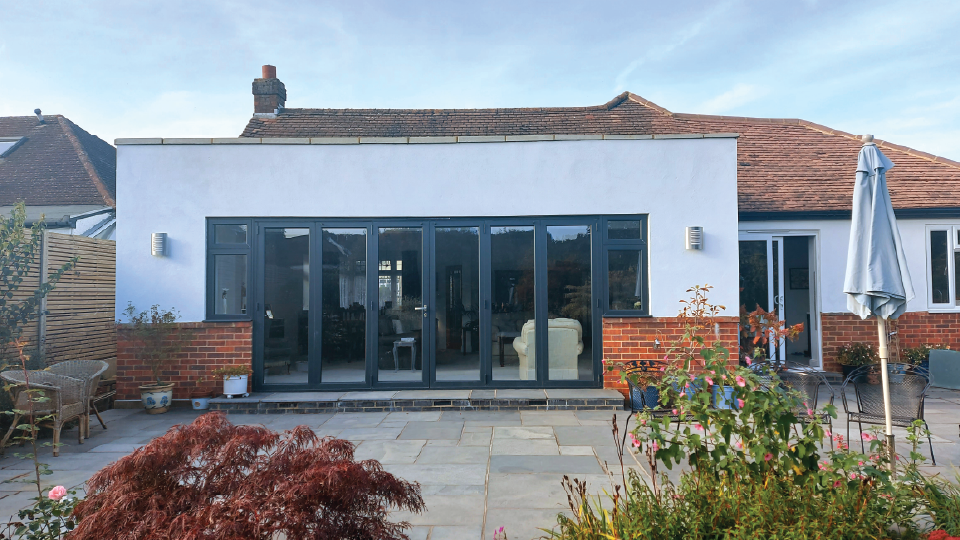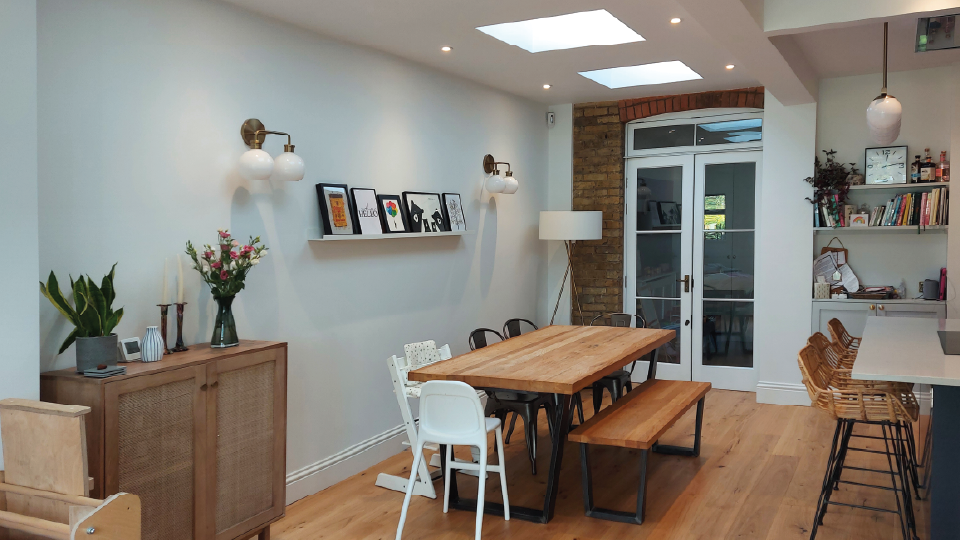Home improvements – will I recoup my investment?
The lockdown has given many of us the chance to look more closely at the place where we live and ask what could be improved. “More space!” is the most common reaction. And so we’re left with two options: move to a bigger home or increase the size of the place we’ve got.
The former is a huge and stressful undertaking. The latter, can be much more easily managed and may well give you the extra space you need without having to leave your current home. But before you pick up a paintbrush or start ripping out tiles, it’s important to think carefully about any home improvement questions you may have and the changes you want to make
The decision usually comes down to one question: which will give me the best return for my money?
The answer depends on a number factors: the size of the current property, its location, the type of addition you want to make and how long you intend to stay there being the main ones.
The first step is to find out how much your current home is worth. You can do this by asking a local estate agent for a valuation or by looking at recent sales of similar properties in the area (you can find these on sites like Rightmove and Zoopla).
Once you have an accurate figure for your property’s value, you need to weigh up the costs of moving – stamp duty, legal fees, estate agent’s commission and so on. These can soon add up to a sizeable amount, especially if you’re moving from a small home to a larger one.
You also need to consider the cost of improving your current home. This will include the cost of any building work, plus the cost of any new furnishings or fittings you need to buy.
Once you’ve got an accurate picture of the costs involved in both moving and improving, you can start to compare the two options and make a decision about which is best for you.
What difference does it make?
To help explain why these factors make a difference, we enlisted the expertise of Andrew Dear, Sales Manager for Martin & Co estate agents.
After seven weeks of lockdown, Andrew was beginning to see signs of life again in the property market, which had actually begun to bounce pre-Easter, following the uncertainty caused by Brexit. Nevertheless, property values are not soaring right now, so the consideration of how long you stay in your current home becomes pertinent.
“If you want to sell the property quickly, building on it won’t be a great addition in the current market. Instead, consider a development that will give you personal benefit and when the market starts moving again, you’ll be more likely to realise a return on your investment.”
Home improvement questions – What gives the best return?
There are several ways to add space to your home: an extension, loft conversion, basement development or garden building. Costs vary considerably, from a few thousand for a garden building to a full-height extension that can cost over £100,000.
The most important factor in deciding which is best for you is its purpose. For example, if you need an extra bedroom then a loft conversion will be most suitable. If you want a kitchen-diner or family room then an extension is the way to go.
It’s also important to consider the type of property you own. A terraced house will have different planning restrictions to a detached house, for example.
Once you’ve decided on the purpose and type of extension or conversion, you can start to get an idea of the cost. The next step is to find out whether your plans are likely to be granted planning permission.
Of course, the value they add to your property varies too. So let’s take a look at these options one by one and see what advice Andrew can offer.
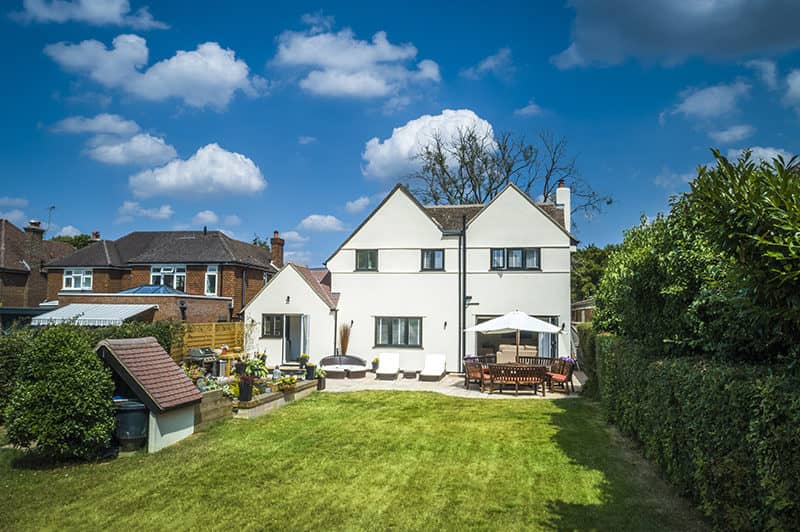
Converting the loft
Loft conversions are one of the lower-cost improvements you can make to your property, starting at around £15,000 for a simple conversion creating a bedroom and bathroom with roof lights.
“Adding a bedroom will add maybe £50,000 to the value of your property,” says Andrew.
“For example, a three-bed house in Coulsdon will go for between £380,000 and £500,000, whereas a four-bed will fetch £450,000 to £550,000. However, if you need to use an existing bedroom to put the stairs to the loft, you won’t be adding that value.”
So loft conversions really score in houses where there is space to go up without losing any existing bedrooms. The typical value add is 25%.
But there are some things you need to consider before starting work on your loft.
The first is the height of your ceiling – if it’s less than 2.3m then you won’t be able to stand up in the finished space, which obviously limits its use. You also need to make sure there’s enough headroom to fit in the required stairwell.
The next thing to consider is the amount of natural light that comes into the loft space. If there are only small windows then you might need to add Velux windows or dormers, which will increase the cost of your conversion.
You also need to think about the existing layout of your property and how the new space will work with it. For example, if you want to put a bathroom in your loft then you’ll need to consider where the pipework will go.
And finally, there are some building regulations you need to be aware of, such as fire safety, sound insulation and ventilation.
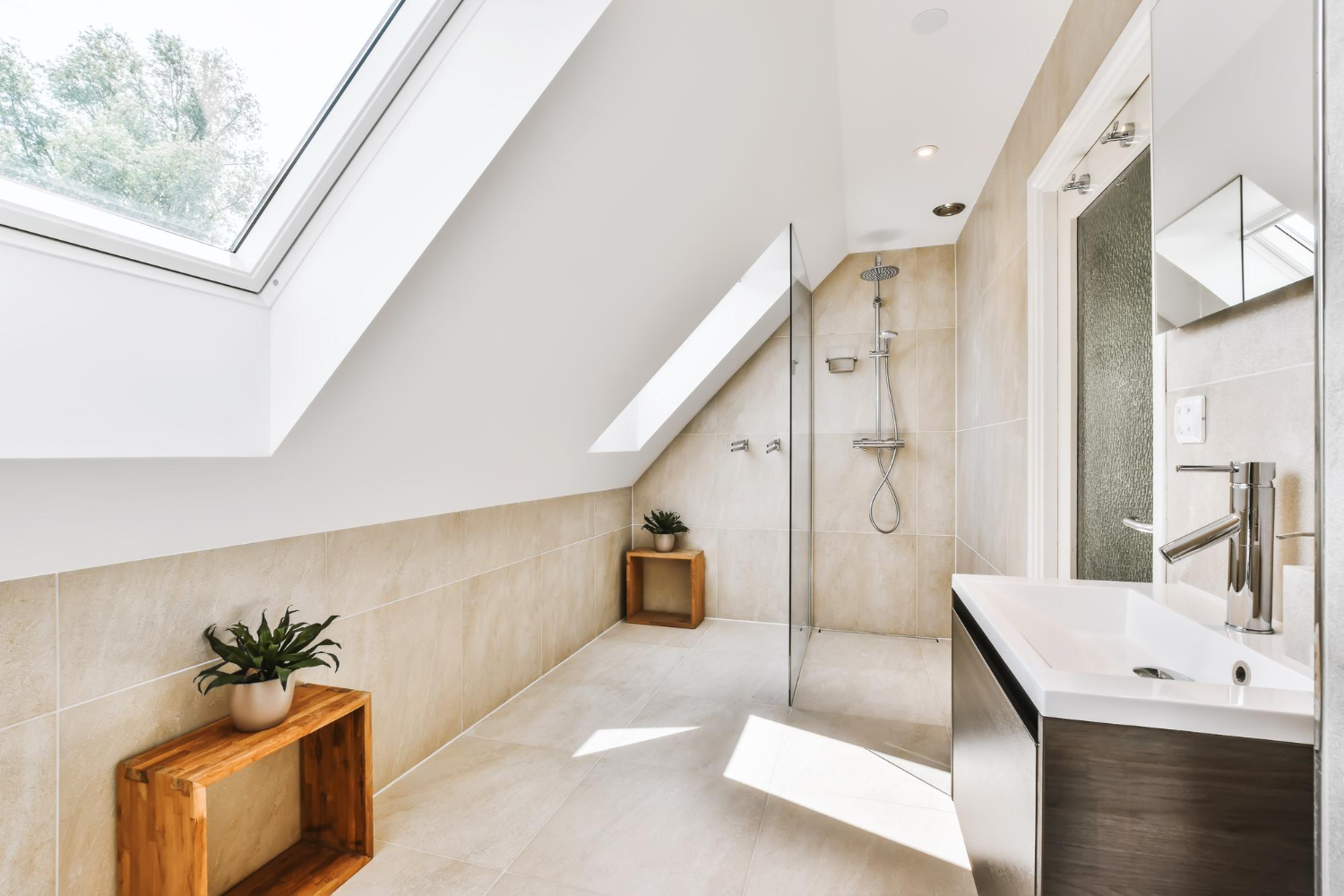
Building an extension
The loss of existing space isn’t a problem with extensions – you’re simply adding to what you’ve got. But it’s important that the scale of your development doesn’t exceed the value of the location.
“An extension should be in keeping with the style of the property and the surrounding area,” says Andrew. “If you live in a Victorian terraced house then a glass box at the back isn’t going to be appropriate. You need to think about how it will look from the street and whether it will jar with the existing style of the house.”
The type of materials you use is also important. For a period property, you might want to use brick to match the existing house, whereas for a more modern build you could use render or cladding.
This will also of course affect the price. A more expensive material cost may not bring you the return you initially expected.
“In an average three-bed semi, if you spend £40,000 building a single-storey extension and putting in a kitchen/diner, you could expect to see your money back plus £20,000,” says Andrew. “If you want something bigger, say a double-storey extension costing £80,000, you need to look at the property values in your road.”
Buyers won’t pay £750,000 on a road full of £500,000 houses. If they have that sort of money, they’ll take it to a £750,000 location. Therefore, bigger extensions are better suited to higher-value locations.
For example, we recently completed work on a property that had been purchased for £585,000. After spending £210,000, it was valued at £1.1m – a gross profit of £305,000.
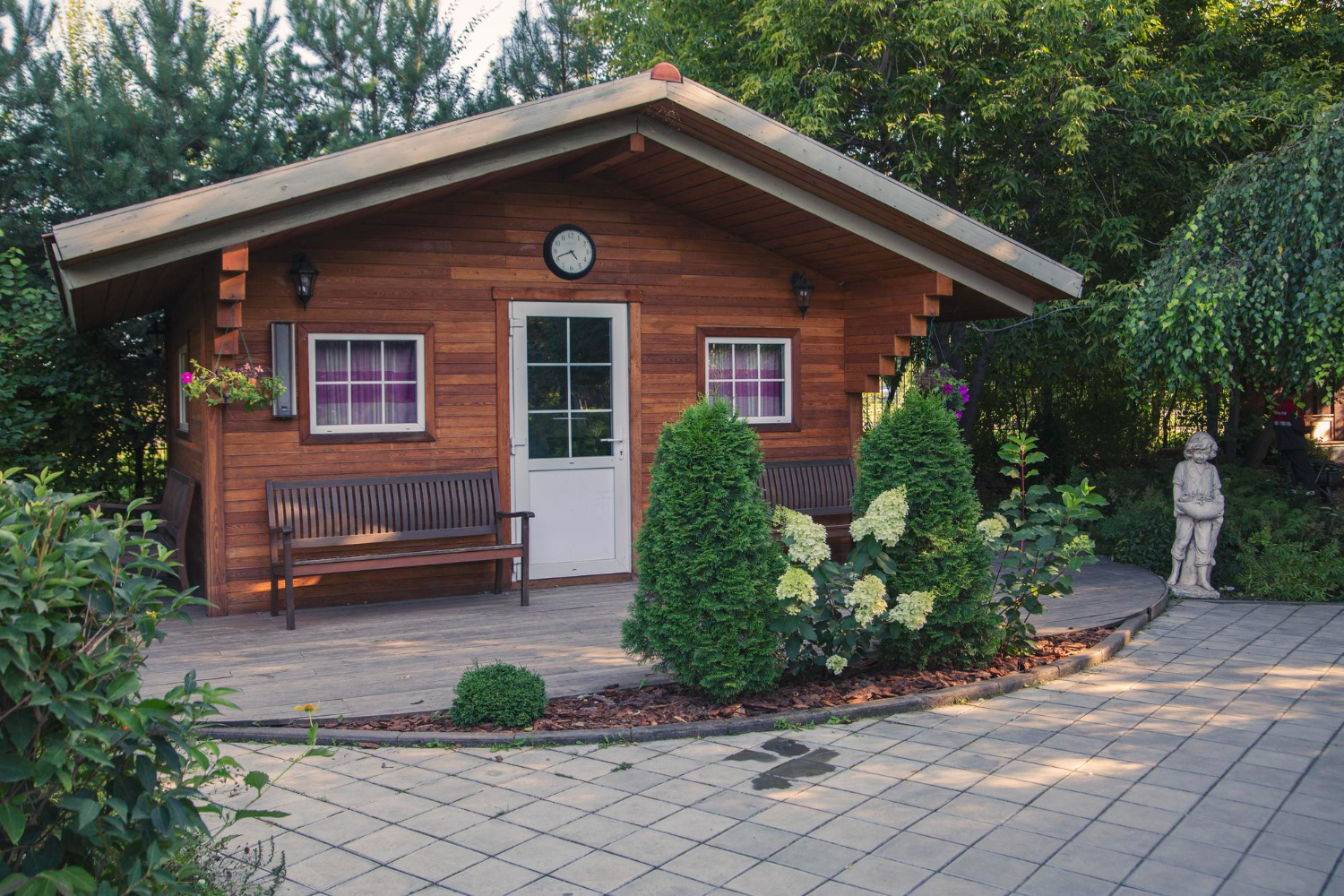
Adding a garden building
The growing trend for working from home has led to an increase in demand for garden buildings to use as office space – a place to delineate between work and home life. Other popular uses for garden buildings include play dens, games rooms, pool houses or even a granny annex.
All these things add considerably to the quality of life and the cost of building them is relatively low. When it comes to adding value to your property, however, Andrew describes it as “a saleability bonus rather than a value add”.
“It largely depends on how buyers want to use the garden,” he says. “Some would prefer to have open space. And anyone could have a garden building put in.”
So while garden buildings are a great way to make use of your outside space, don’t expect to see a direct correlation with the value of your property.
Conclusions
There are lots of options available and it can be tricky to know which is best for you. The most important thing is to consider your plans carefully, do your research and get expert advice and answers for your home improvement questions.
If you’re thinking of making some changes to your property, why not get in touch with us? We’d be happy to discuss your plans and offer our advice.
However, to sum up, if you want to develop your property purely to add to its sale price, an extension or loft conversion is likely to be your best bet, provided you keep them proportional to your location value.
Nevertheless, any additional space will add what Andrew calls a “saleability bonus”, making your property easier to sell, which can be very helpful in a slow-moving market. Added to this, it will enable you to enjoy more space at home, designed exactly to your specifications, improving your quality of life.
And that’s an asset you can’t put a price on.
RECENT PROJECTS
At Greenway Associates, we have completed over 2,000 architectural design projects




